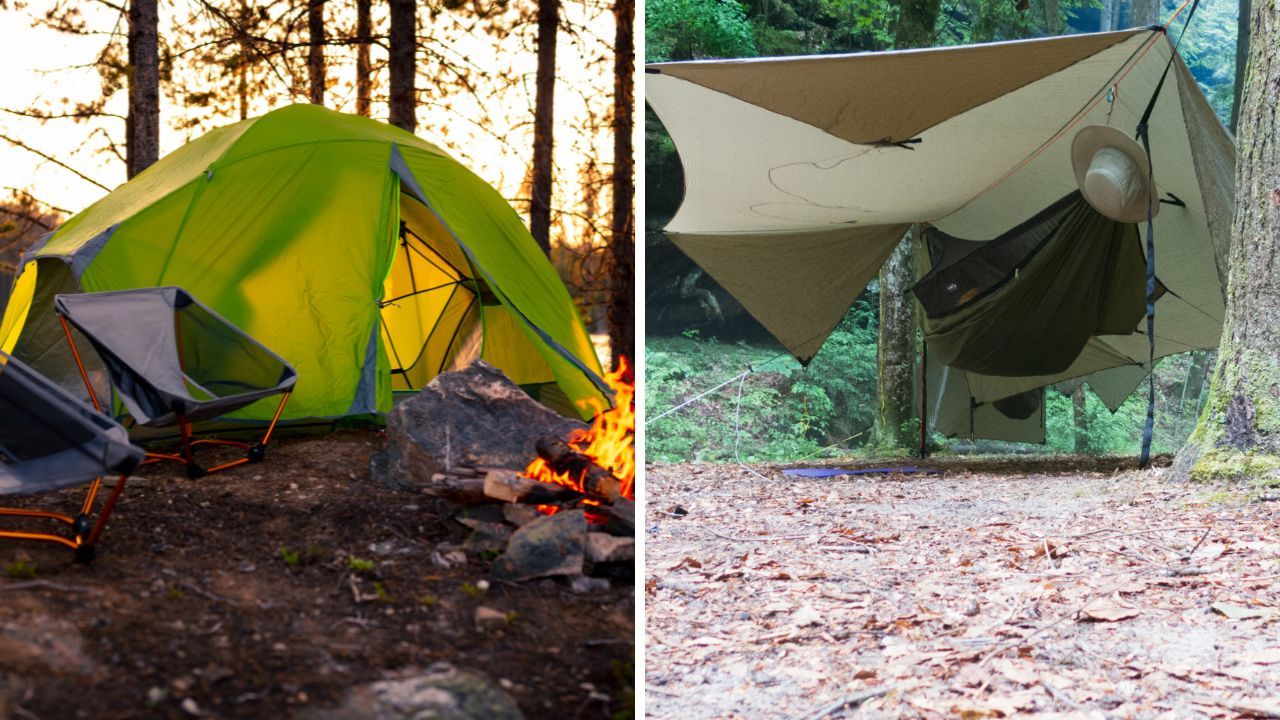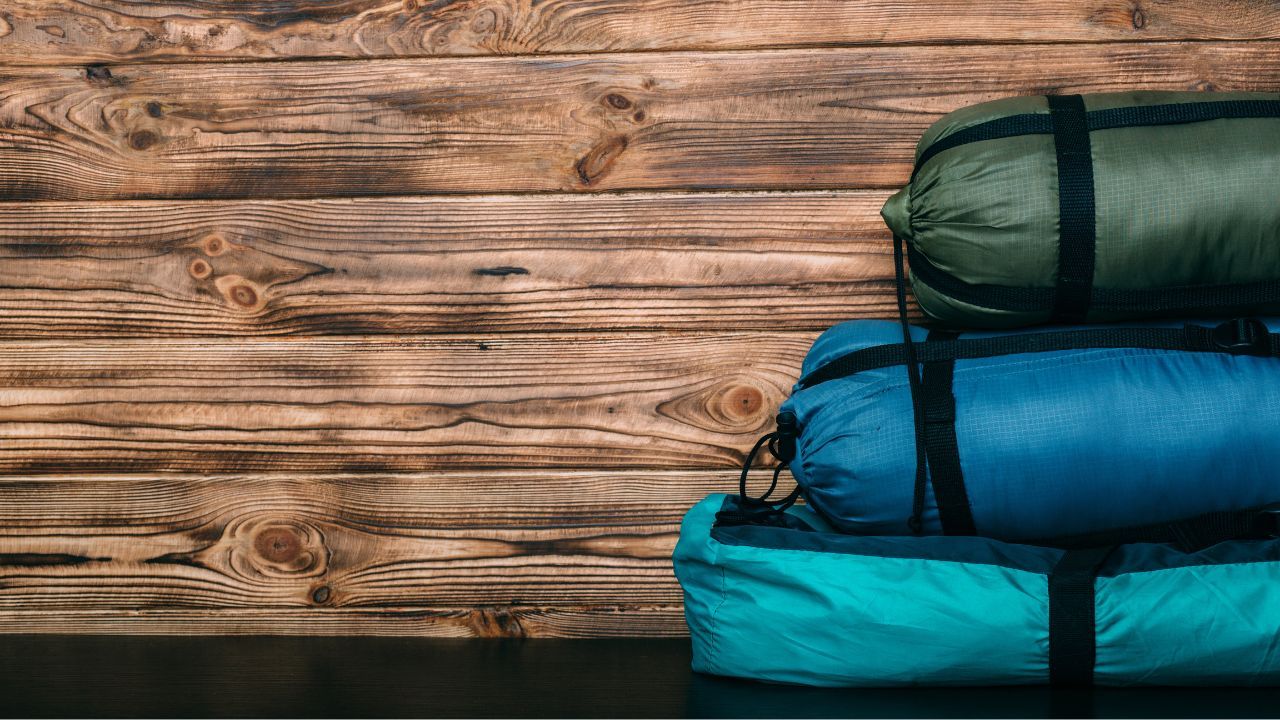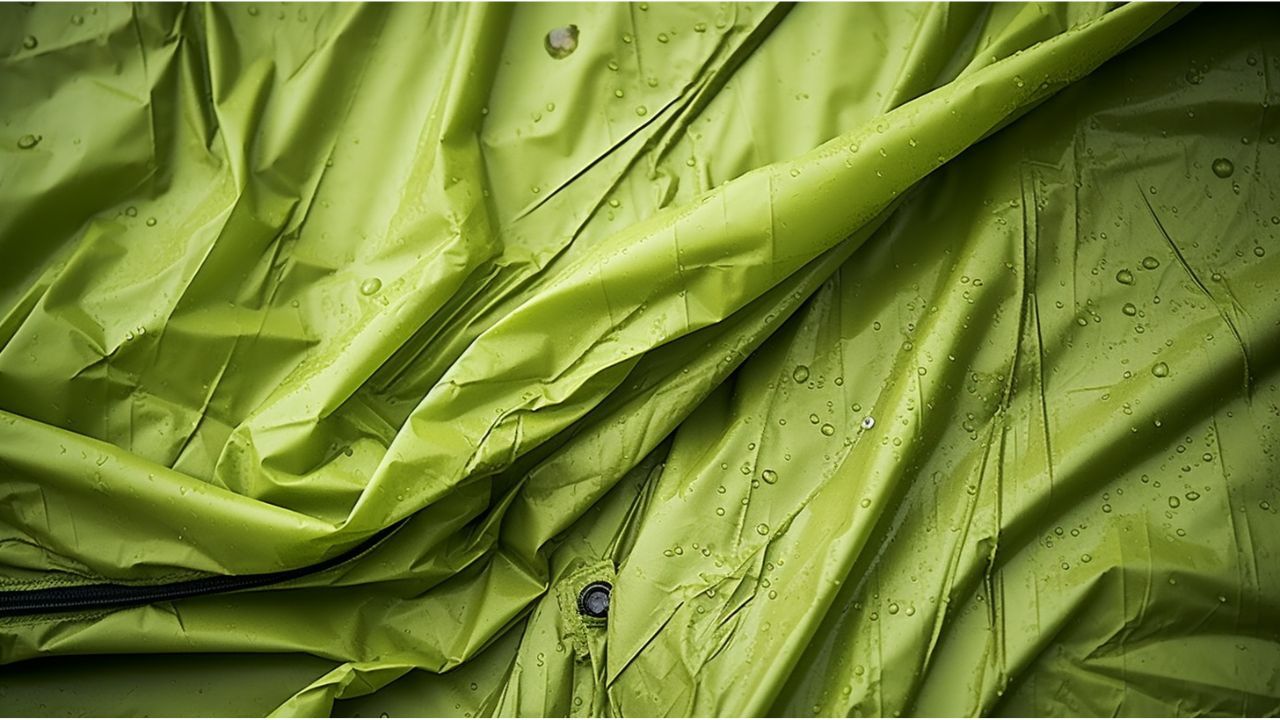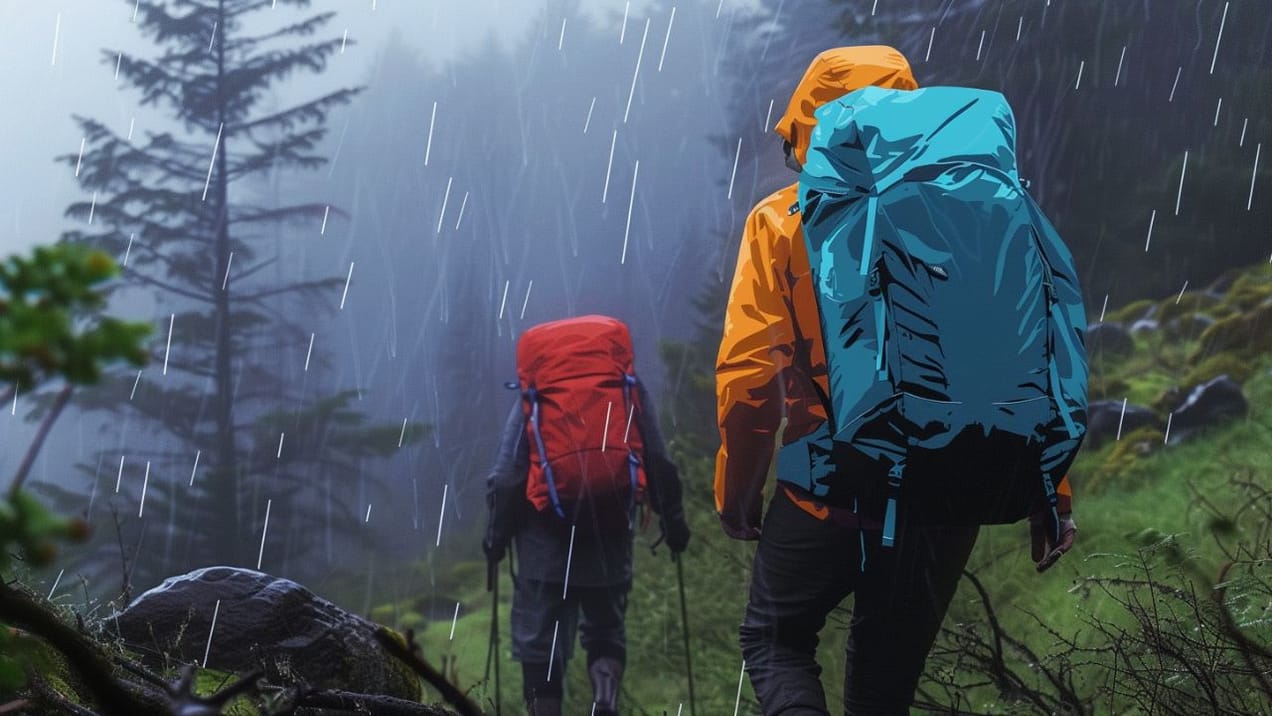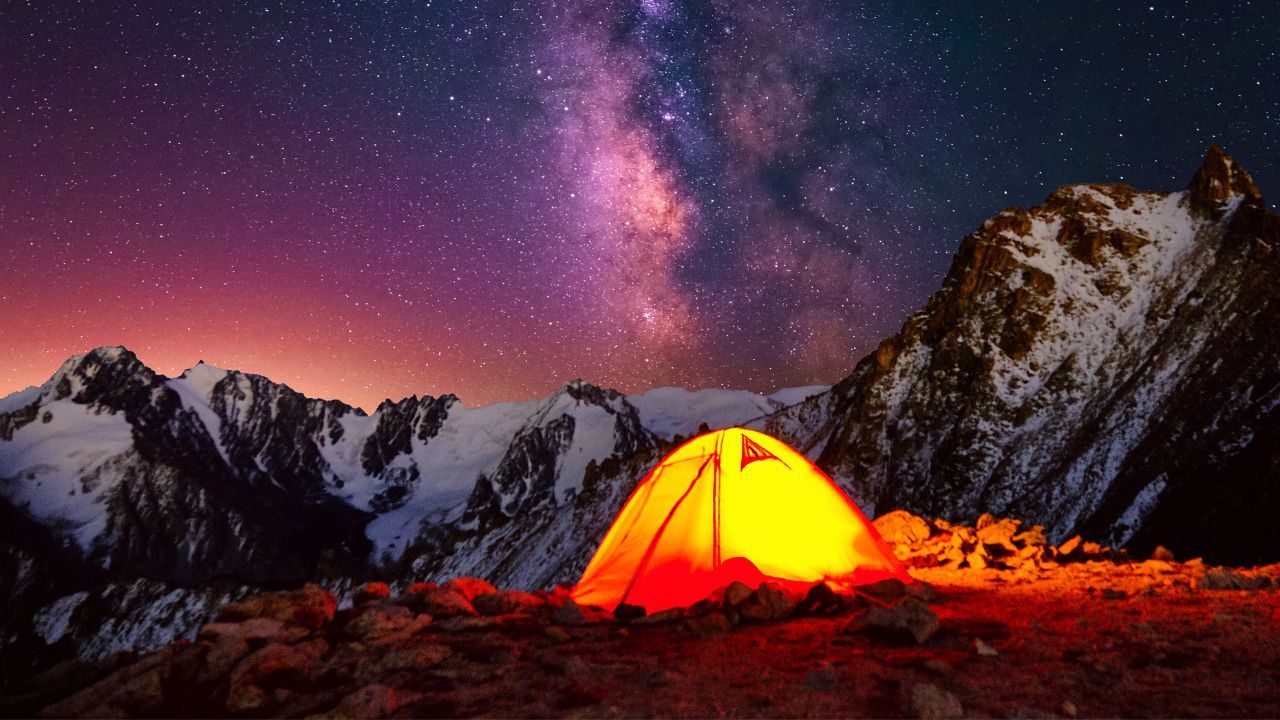
Single Wall Tent vs Double Wall: What's Best for Campers?
Get the rundown on single wall tent vs double wall. Our quick guide compares features, suitability, and more for your outdoor escapades!
Are you gearing up for your next camping adventure but find yourself in a bit of a dilemma over which tent to choose?
Don't worry, you're not alone.
The world of camping tents is vast and varied, and the right choice can make all the difference in your outdoor experience.
In this guide, we're going to dive deep into the nitty-gritty of two popular types of tents: single wall tents and double wall tents.
Why does it matter, you ask?
Well, imagine waking up in the middle of the night soaked because your tent couldn’t handle the rain, or lugging around a tent that feels like you’re carrying a small boulder. Not ideal, right? That’s why choosing the right tent is crucial!
So, grab a cup of your favorite campfire coffee, and let's embark on this journey to discover the perfect tent for your next outdoor escape.
Key Takeaways
- Single wall tents are ideal for ultralight backpacking and mountaineering, offering simplicity, lightweight, and ease of setup.
- Double wall tents provide enhanced comfort and protection, making them suitable for extended trips and varied climates.
- Consideration of weather conditions, trip duration, and personal preferences is crucial in choosing between single and double wall tents.
- While single wall tents are more compact and lighter, double wall tents offer better ventilation and durability.
Disclosure: We only recommend things we’ve personally used or come highly recommended by trusted peers. Using one of our referral links might give us a small commission which helps support this website at no additional cost to you. If you’d like to learn more check out our disclaimer page.
Understanding the Basics
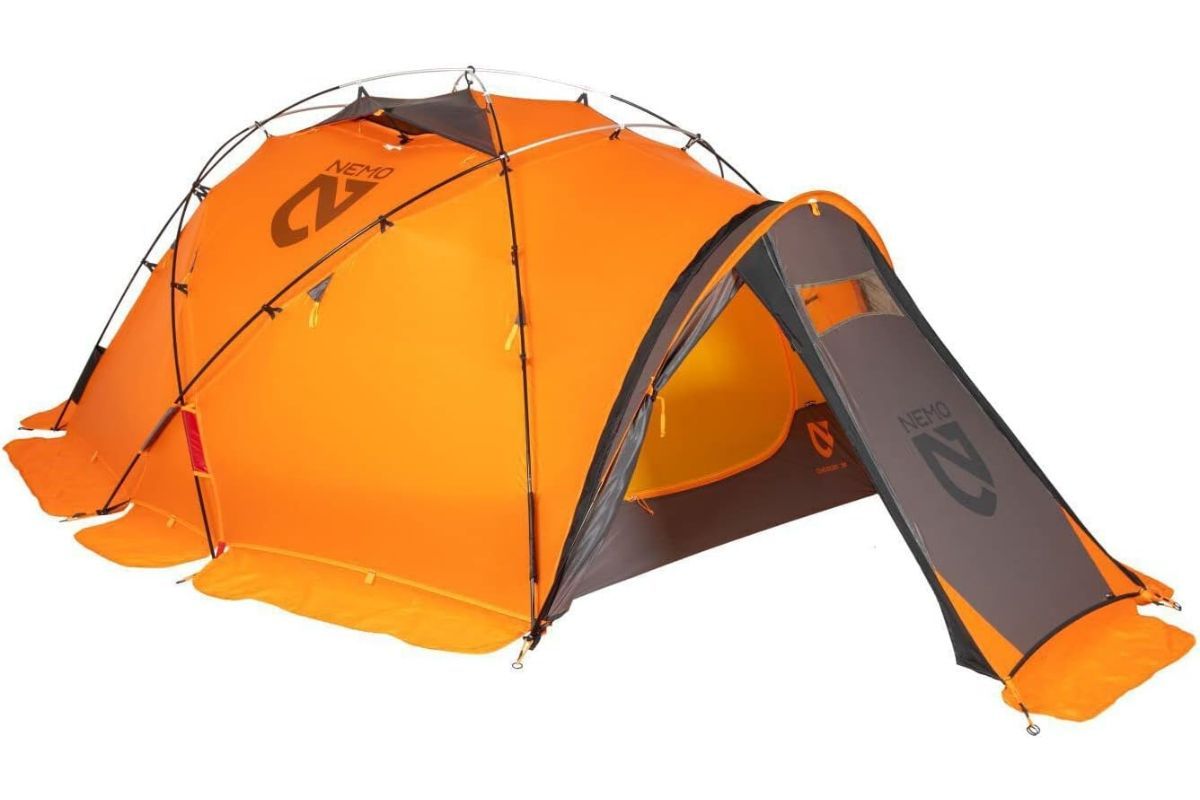
Single Wall Tents
First up, let's talk about single wall tents. These are the minimalist’s dream. Designed with simplicity in mind, a single wall tent is made of a single layer of waterproof and breathable fabric. No fuss, no muss.
Think of it like wearing a waterproof jacket. It's just one layer between you and the elements. This design cuts down on parts, which means less time fiddling with tent poles and rainflies when you’d rather be roasting marshmallows.
Key Features
- Lightweight and Compact: The biggest selling point of single wall tents is their weight, or rather, the lack of it. These tents are incredibly light, often weighing just a few pounds. This makes them a go-to choice for backpackers, climbers, and anyone who values traveling light.
- Streamlined Design: Without the need for an additional rainfly, these tents are sleek and often more aerodynamic. This can be a real boon in windy conditions, where a bulky tent might turn into a makeshift kite.
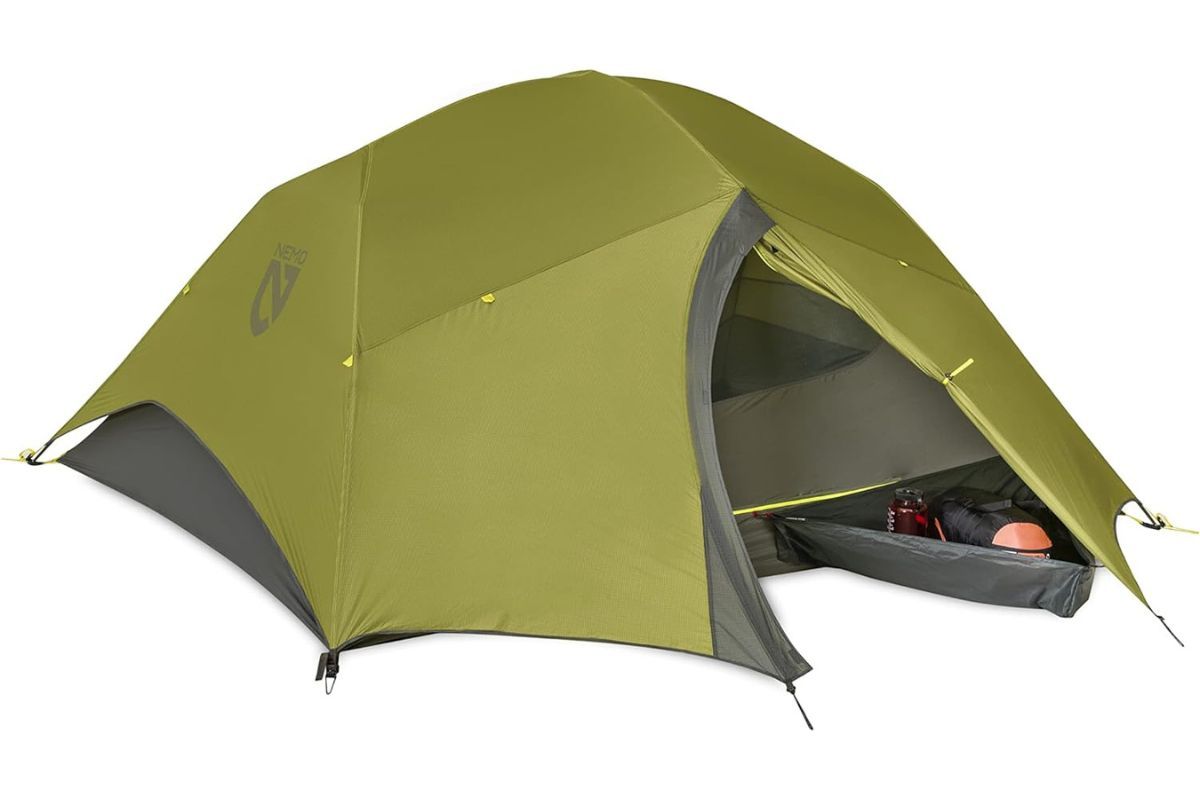
Double Wall Tents
Now, let’s shift gears to double wall tents. As the name suggests, these tents have two layers – an inner tent, usually made of a breathable fabric, and an outer layer, known as a rainfly, made of waterproof material. It’s like having an umbrella over your tent, giving you an extra layer of protection.
Key Features
- Layered Protection: The double wall design provides a robust barrier against rain and wind. The outer layer repels water, while the inner layer adds insulation and a cozy feel to your camping experience.
- Ventilation: Ever woken up in a tent more humid than a rainforest? That’s condensation at work. Double wall tents are great at reducing this. The gap between the layers allows air to flow, reducing moisture build-up inside. It’s a bit like having a built-in air conditioning system.
In both types of tents, you'll find a variety of shapes, sizes, and materials, each with its unique pros and cons. But understanding these basic differences is a great starting point in choosing the right tent for your trip.
Pros and Cons Analysis
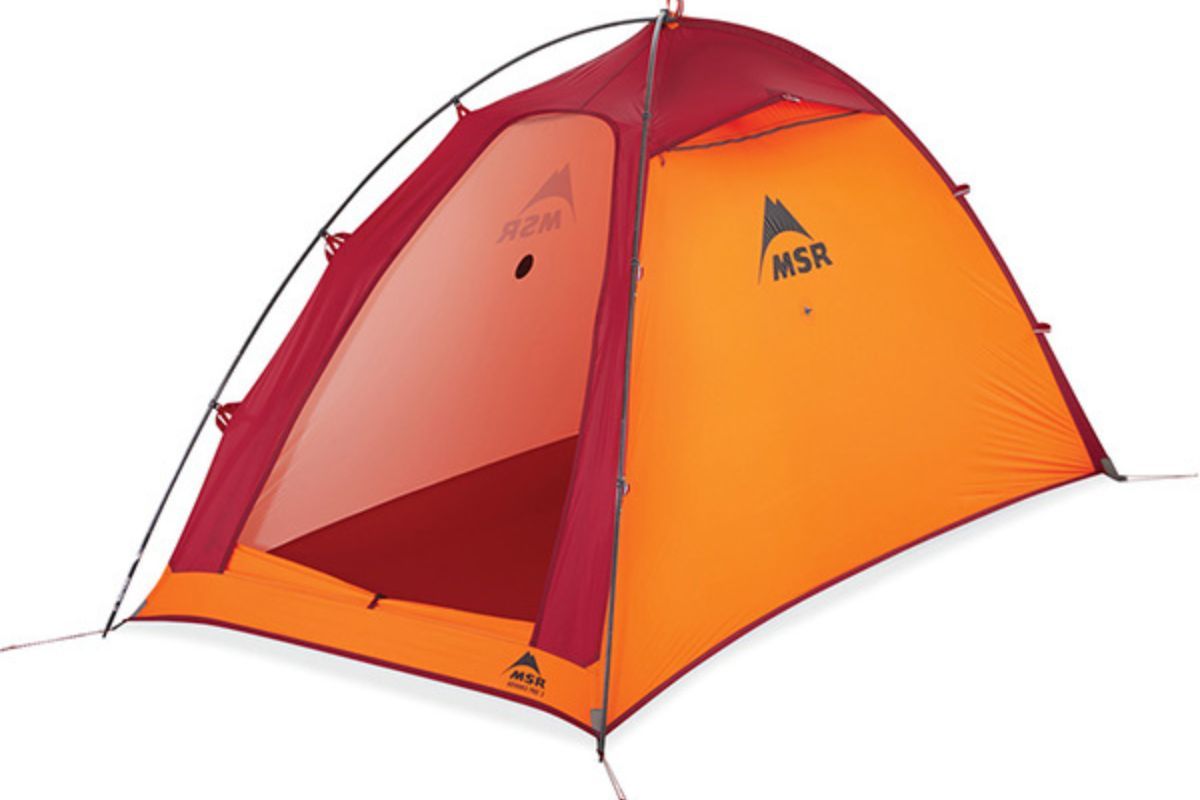
Advantages of Single Wall Tents
Lightweight and Easy to Carry
For you, the backpacker or the mountaineer, this is a game-changer. It means you can hike further, faster, and with less fatigue.
Imagine climbing a steep trail and barely feeling the weight of your tent in your backpack – that's the beauty of a single wall tent.
Quicker Setup with Fewer Components
After a long day of trekking, the last thing you want is a complicated tent setup. Single wall tents are typically designed to be pitched quickly, often with fewer poles and no separate rainfly.
This simplicity not only saves time but also reduces the chances of a "where does this piece go?" moment as the sun sets.
Drawbacks of Single Wall Tents
Potential for Moisture Build-Up
Now, let's address the elephant in the room – condensation. Single wall tents can struggle with moisture build-up inside.
This happens because the single layer that protects you from rain also traps humid air from your breath. Ever seen the walls of your tent look like a mini rainforest? That's condensation at work.
Limited Insulation in Colder Environments
While single wall tents excel in reducing weight, they aren't the coziest in cold weather.
The single layer provides less insulation compared to double wall tents, making them less ideal for chilly mountain nights. Think of it like sleeping with just a sheet in winter – brr!
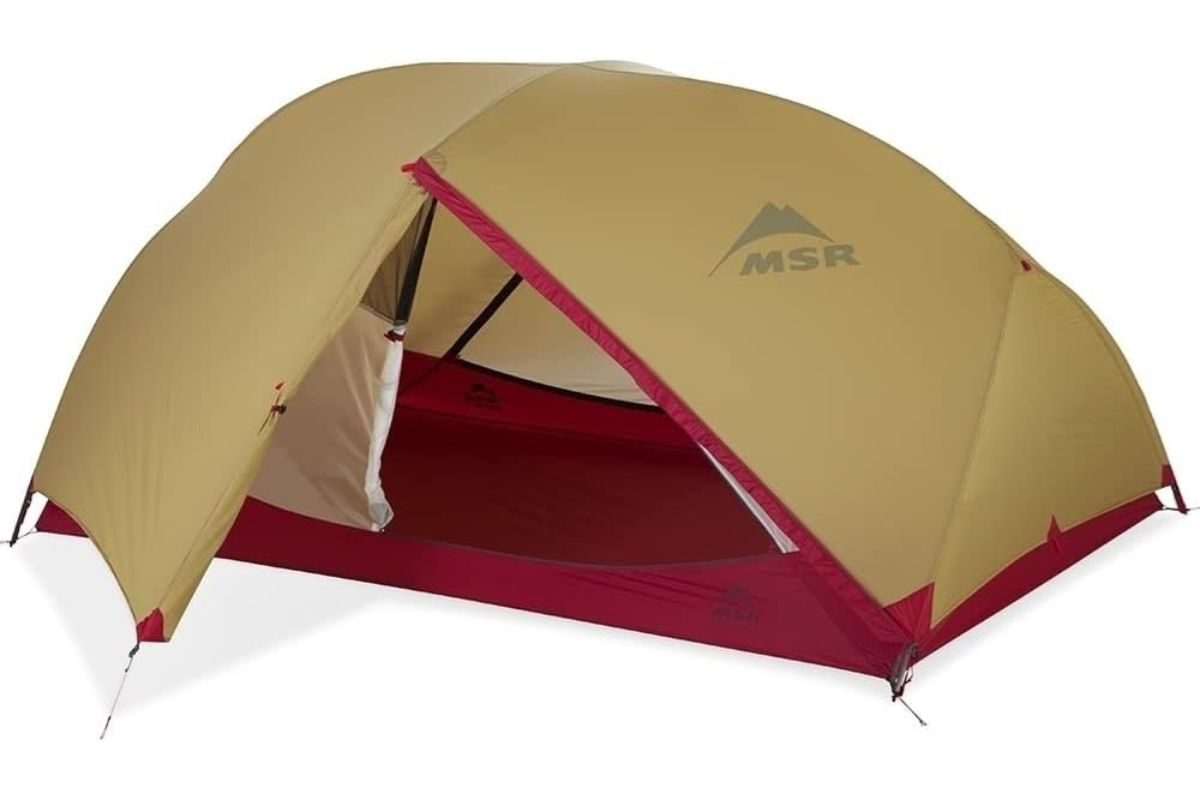
Advantages of Double Wall Tents
Enhanced Protection Against Elements
Double wall tents are like the armored tanks of the tent world. They offer superior protection against rain, wind, and even snow.
The separate rainfly acts as a shield, keeping the inner tent dry and comfortable. This design is particularly advantageous during heavy downpours, where single wall tents might start to feel like you're inside a wet plastic bag.
Better Ventilation and Reduced Condensation
Remember the condensation issue with single wall tents? Double wall tents tackle this problem head-on.
The space between the inner and outer layers allows air to circulate, significantly reducing moisture build-up. It's like having a built-in ventilation system, ensuring a more comfortable and dry camping experience.
Drawbacks of Double Wall Tents
Heavier and Bulkier, Challenging for Long Treks
The downside of all that protection and comfort? Weight and bulk.
Double wall tents are generally heavier, which can be a drawback on long treks. Carrying a heavier tent might mean sacrificing other comforts or covering less ground each day.
More Complex Setup with Additional Parts
More parts, more problems? Maybe. Double wall tents can be trickier to set up, with more poles, stakes, and that separate rainfly.
It's not rocket science, but it does require a bit more time and patience, especially if you're setting up camp as the sun dips below the horizon.
Key Features Comparison
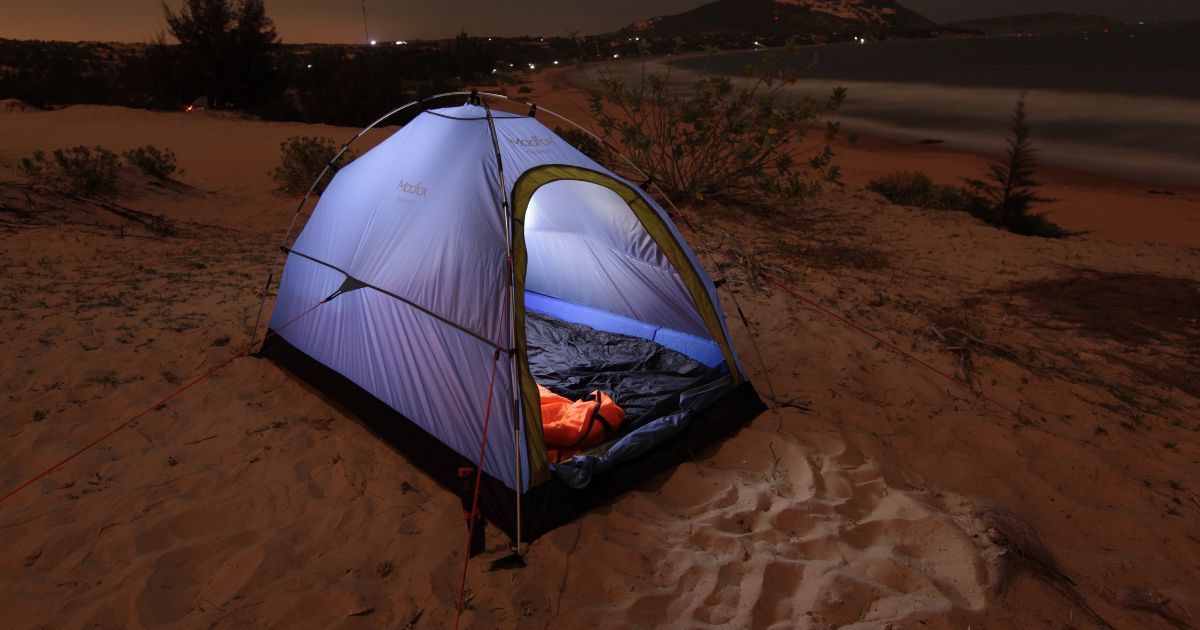
Tent Walls and Fabric
Single Wall Tents: Typically made from a single layer of waterproof-breathable material. Think of a rain jacket – protective, but not always the best at letting moisture out.
Double Wall Tents: The outer rain fly is usually a robust, waterproof material, while the inner tent is more breathable. This combo offers both protection and comfort.
>>RELATED Polyester vs Nylon Tent | Making Sense of Tent Materials
Ventilation and Air Flow
In most single wall tents, ventilation can be a challenge. Some newer models combat this with strategically placed vents or breathable fabric panels.
Double wall tents, on the other hand, excel in ventilation. That air gap between layers? It's like a breath of fresh air for your tent, reducing that annoying morning dew on the inside.
Weight and Portability
Weight is a crucial factor in choosing a tent. For ultralight backpackers, the feather-light single wall tent is a no-brainer. Some single wall tents are able to use trekking poles for the structure to save even more weigt.
But if you're car camping or don't mind a bit of extra weight for comfort, a double wall tent might be more your style.
Weather Resistance
Here's where most double wall tents perform best. Their design offers better protection in diverse weather conditions. Single wall tents can hold their own in moderate conditions but might falter during a torrential downpour or a snowstorm.
Use Cases and Suitability

For Ultralight Backpackers
So, you're the type who counts every ounce in your backpack, right? Then the single wall tent is your best buddy. Why? Because every gram matters when you're scaling mountains or covering large distances on foot.
Single wall tents, with their minimalist design, are significantly lighter and more compact. They're the equivalent of traveling light in the tent world – think of them as the sleek sports cars of tents. You trade some comfort for speed and agility, making them perfect for those trips where mobility is key.
For Extended Camping Trips
Planning to set up camp for a while? Maybe you're on a leisurely journey or have a base camp for several days. In this scenario, double wall tents are your go-to.
They offer the comfort and durability needed for prolonged use. The extra space, improved ventilation, and better protection from the elements make them ideal for longer stays. It's like choosing a comfortable RV over a compact car for a long road trip.
Camping in Varied Climates
When camping in different climates, consider the weather patterns you'll encounter. In dry, high-altitude conditions, a single wall tent might suffice, offering simplicity and lightness.
However, in areas where rain or snow is frequent, a double wall tent's superior protection and insulation become invaluable. It's like dressing for the weather - a raincoat for wet days, a light jacket for the dry ones.
Additional Considerations
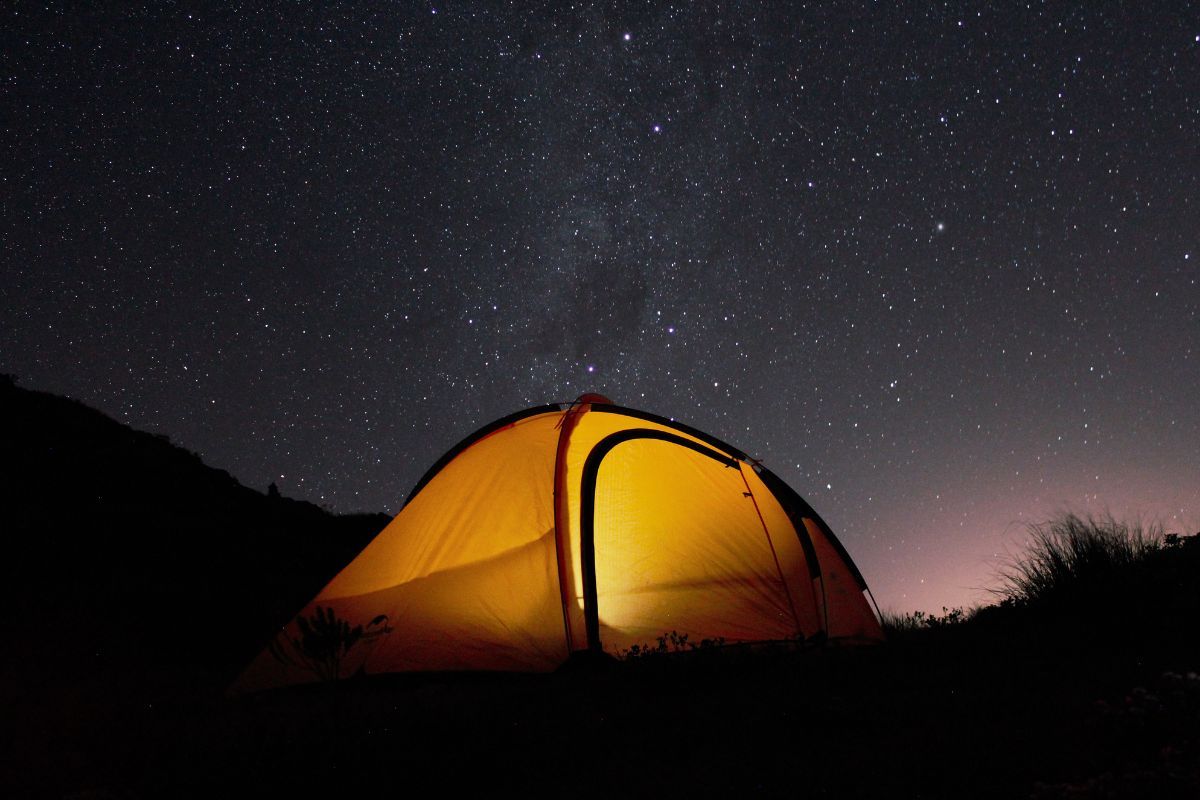
Durability and Longevity
Think of buying a tent as an investment. Single wall tents, while lightweight, may not endure as many seasons as their double-walled counterparts. They can be more prone to wear and tear due to the single layer being exposed to the elements.
Double wall tents, with their robust two-layer system, generally offer more durability and a longer lifespan. It's a bit like choosing between a delicate silk scarf and a sturdy woolen shawl – both have their place, but one might last you longer.
Ease of Setup
If you're new to camping or value convenience, ease of setup is a crucial factor. Single wall tents are typically simpler to pitch, with fewer components to deal with. They're like the quick, grab-and-go option.
Double wall tents, while offering more comfort, can be more complex and time-consuming to set up. They require more steps – like attaching the rainfly – which might test your patience after a long day of hiking.
Cost Implications
Finally, let's talk money. Single wall tents are often pricier due to their specialized materials designed for weight reduction and compactness.
Double wall tents, being more common, offer a wider range of price options. It’s important to balance your budget with your needs.
Remember, the cheapest option isn't always the best, but neither is the most expensive one. It's about finding the right tent that offers value for your specific camping style.
Frequently Asked Questions
Can single wall tents handle heavy rain?
Single wall tents can handle moderate rain but might struggle in heavy downpours. Their single layer of fabric can become saturated faster than the double layers of a double wall tent.
Are double wall tents too hot for summer camping?
Not necessarily. The great thing about double wall tents is their ventilation. The air gap between the inner and outer layer helps keep things cool. Just make sure to pitch in a shady spot if it's really scorching out.
How long do these tents typically last?
With proper care, a single wall tent can last several seasons, while a double wall tent can last even longer. The lifespan really depends on how often you use it and the conditions it's exposed to.
Is the extra weight of a double wall tent worth it?
It depends on your needs. If comfort, space, and weather resistance are top priorities, then yes, the extra weight is worth it. But if you're all about that ultralight life, you might prioritize a single wall tent's lightness.
Bottom Line
Alright, you've made it through the wilderness of information, and now it's time to pack up camp. Let's quickly recap what we've learned about single walled tents and double walled tents:
- Single Wall Tents: Your go-to for ultralight backpacking. They're light, compact, and easy to set up. Ideal for solo adventurers or those who move camp frequently. But remember, they might get a bit cozy in cold weather and can struggle with condensation.
- Double Wall Tents: These are the kings of comfort and protection. Perfect for extended stays and varied climates, they provide excellent ventilation and durability. However, they are heavier and require a bit more effort to set up.
So, what's the takeaway? Well, if you're counting ounces and moving fast, a single wall tent is your MVP. But if you're setting up a home away from home, or facing unpredictable weather, the double wall tent is your reliable fortress.
Before You Go...
